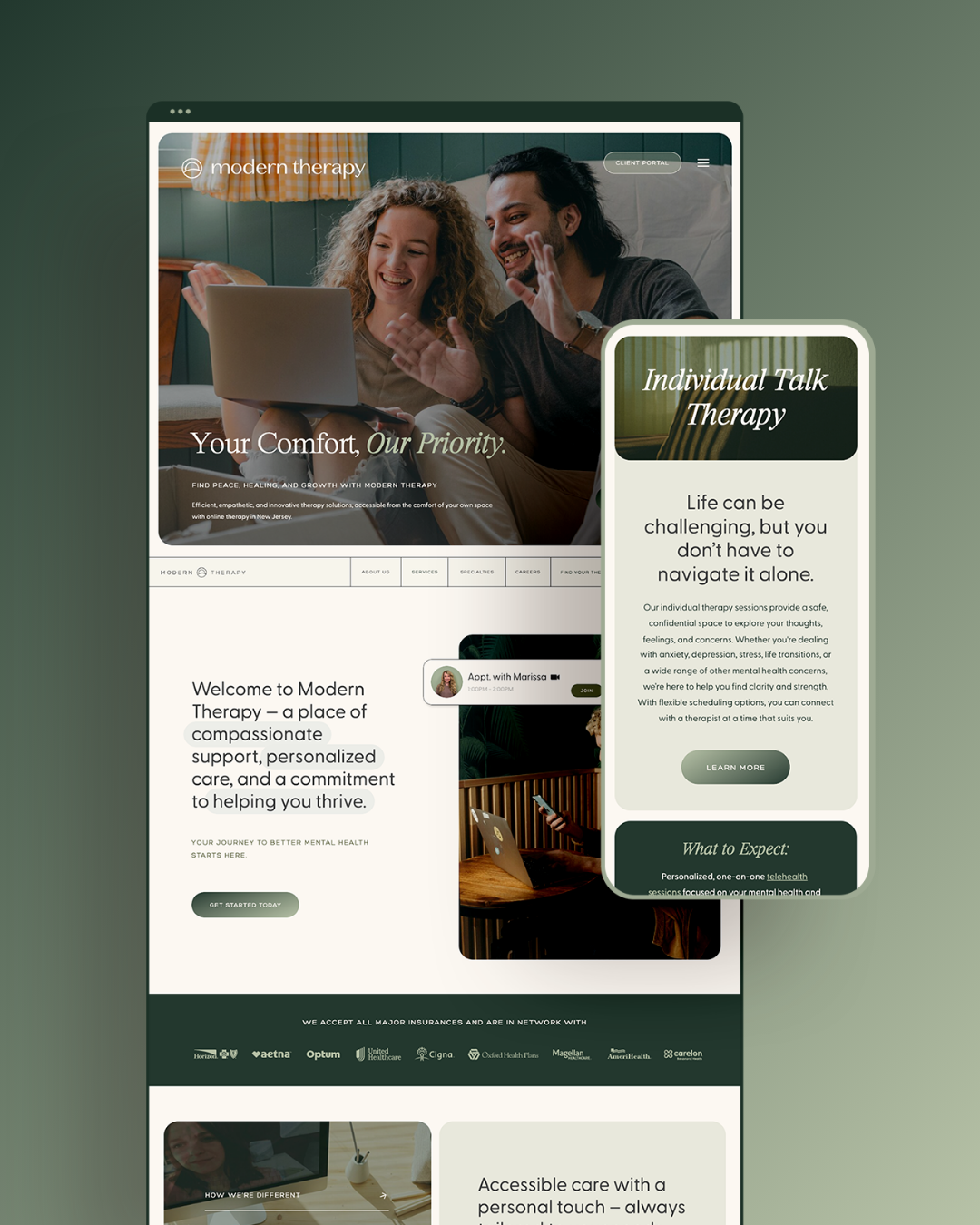Selecting the right web designer is one of the most important decisions a small business can make. Your website is often the first interaction potential customers have with your brand, and its design can significantly influence their perceptions, trust, and likelihood to engage with your business. A well-designed website isn’t just visually appealing—it’s functional, user-friendly, and aligned with your business goals. Partnering with the right web designer can turn your website into a powerful tool that drives growth and enhances your brand.
Understanding Your Needs and Goals
Before you begin your search for a web designer, it’s essential to understand what you want to achieve with your website. Are you looking to establish an e-commerce platform, provide information about your services, or create a portfolio to showcase your work? Clearly defining your goals will help you communicate your needs effectively.
Consider what success looks like for your website. Are you aiming to increase sales, boost brand visibility, or enhance user experience? Identifying these goals early ensures you find a designer who can align their approach with your vision and create a website that delivers measurable results.
Evaluating Web Designer Skills and Experience
A web designer’s skills and experience are pivotal in ensuring your website meets both aesthetic and functional requirements. When evaluating potential designers, focus on the following:
- Portfolio Depth: Review examples of their work, particularly projects similar to your industry, style, or scope. Look for variety, creativity, and technical expertise.
- Understanding of Trends: A skilled designer stays updated on web design trends and technologies, incorporating them to create a modern, competitive site.
- UX and SEO Expertise: Prioritize designers who understand user experience (UX) principles and search engine optimization (SEO). These are critical for making your site user-friendly and discoverable.
- Platform Proficiency: Ensure the designer is experienced with the platform you plan to use, whether it’s WordPress, Shopify, or a custom solution.
Portfolio and Case Studies: A Window into Capability
A designer’s portfolio is more than just a showcase of their skills—it’s a glimpse into their ability to solve problems and deliver results. When reviewing portfolios, look for projects that align with your industry or goals. Case studies can provide additional context, detailing the challenges faced, solutions implemented, and outcomes achieved.
For example, a case study might illustrate how the designer improved user engagement or streamlined the checkout process for an e-commerce client. These insights help you gauge whether the designer can handle the specific needs of your project.
Understanding the Web Design Process and Communication
The web design process involves several stages, including discovery, wireframing, design, development, and testing. It’s important to work with a designer who has a clear, transparent process and values collaboration.
Ask potential designers to outline their approach, timeline, and key milestones. Communication is another critical factor—establish how you’ll share feedback, resolve issues, and stay updated on progress. A good designer should be receptive to your input while providing constructive guidance based on their expertise.
Budgeting for Web Design: What to Expect
Web design costs vary widely based on complexity, features, and the designer’s experience. When setting a budget, account for:
- Design and Development Fees: The core cost of building the website.
- Content Creation: Copywriting, imagery, and videos, if not provided by you.
- SEO Optimization: Essential for visibility in search engines.
- Ongoing Maintenance: Hosting, updates, and troubleshooting post-launch.
Discuss pricing structures—whether flat fees, hourly rates, or retainers—and clarify what’s included. Ensure the scope is well-defined to avoid unexpected expenses.
Reading Reviews and Getting References
Reviews and references offer invaluable insights into a web designer’s reliability, communication, and problem-solving skills. Look for testimonials on their website, third-party review platforms, or industry-specific directories.
When contacting references, ask questions such as:
- What was the designer’s communication style?
- Did they deliver the project on time and within budget?
- How did they handle revisions or challenges during the process?
This feedback can help you make an informed decision.
Asking the Right Questions Before Hiring
To ensure you choose the right web designer, ask targeted questions that reveal their expertise, approach, and compatibility with your project:
- Experience: Can you share examples of websites you’ve designed for businesses similar to mine?
- Process: How do you approach web design, and how are revisions handled?
- SEO and Responsiveness: What strategies do you implement to ensure the website is optimized for search engines and mobile-friendly?
- Brand Alignment: How will you ensure the website reflects my brand’s identity and goals?
- Timeline: What is the estimated timeline for the project?
- Post-Launch Support: Do you offer ongoing maintenance and updates after the site goes live?
Making the Decision: Choosing Your Web Designer
When comparing candidates, weigh factors such as their portfolio, communication style, pricing, and overall fit with your brand. Beyond technical skills, consider whether they understand your vision and seem genuinely invested in your success.
Think long-term—your web designer may become a key partner for future updates, redesigns, or additional projects. Building a positive relationship from the start can lead to smoother collaborations down the road.
Building a Successful Partnership with Your Web Designer
Once you’ve chosen a designer, establish a strong working relationship by setting clear expectations and maintaining open communication. Regular check-ins and updates help ensure the project stays on track and aligns with your goals.
Remember, your web designer is more than just a service provider—they’re a partner in building your brand’s online presence. Nurture this partnership by being responsive, collaborative, and respectful of their expertise.
Conclusion: Setting Your Business Up for Success
Choosing the right web designer is a critical step in creating a website that supports your business goals and leaves a lasting impression on your audience. By understanding your needs, evaluating potential designers thoroughly, and fostering a collaborative partnership, you can ensure a successful project that elevates your brand and drives growth.
If you’re a seasoned professional—a dentist, interior designer, chiropractor, therapist, or any other expert who has spent years building a solid reputation—then you may have noticed a shift in your industry. Clients are making different decisions, new competitors are entering the scene, and the way people choose businesses doesn’t feel the way it used to. […]

Copyright 2025 Liberty Type | Terms | Privacy | Fulfillment | We wrote the site ourselves - no AI
